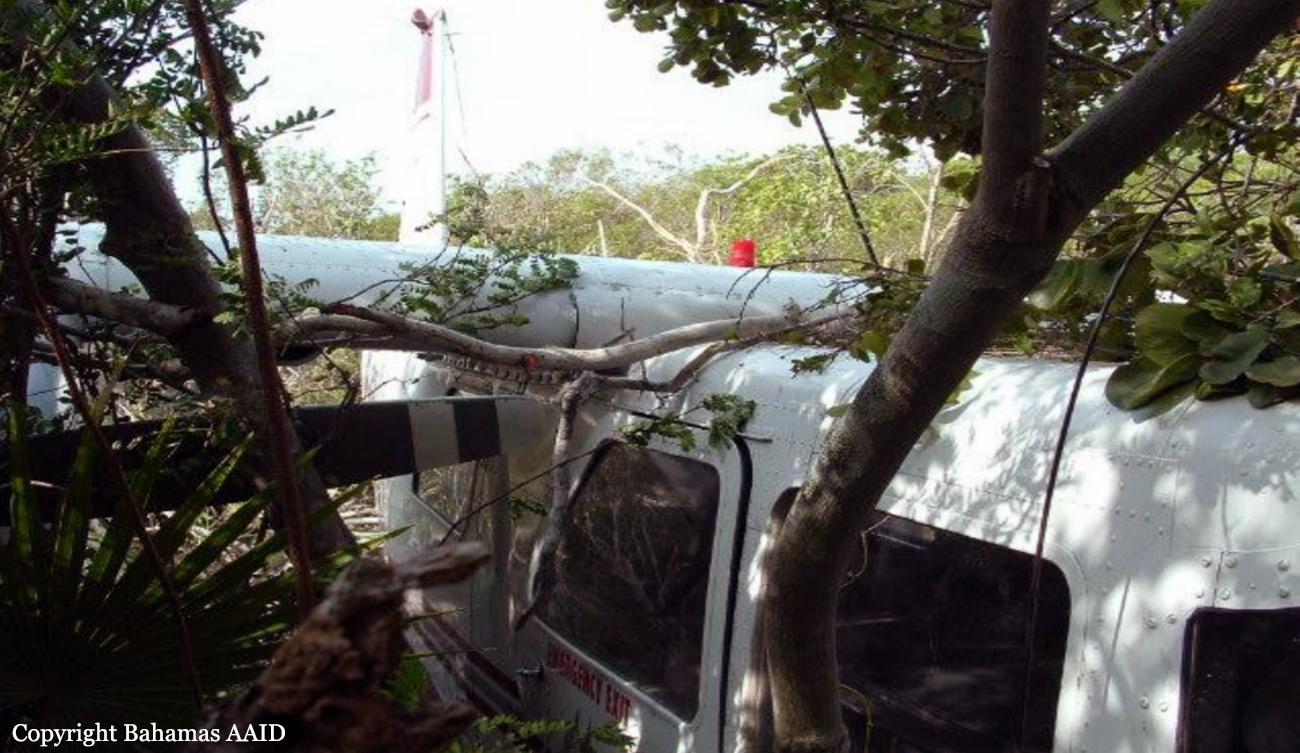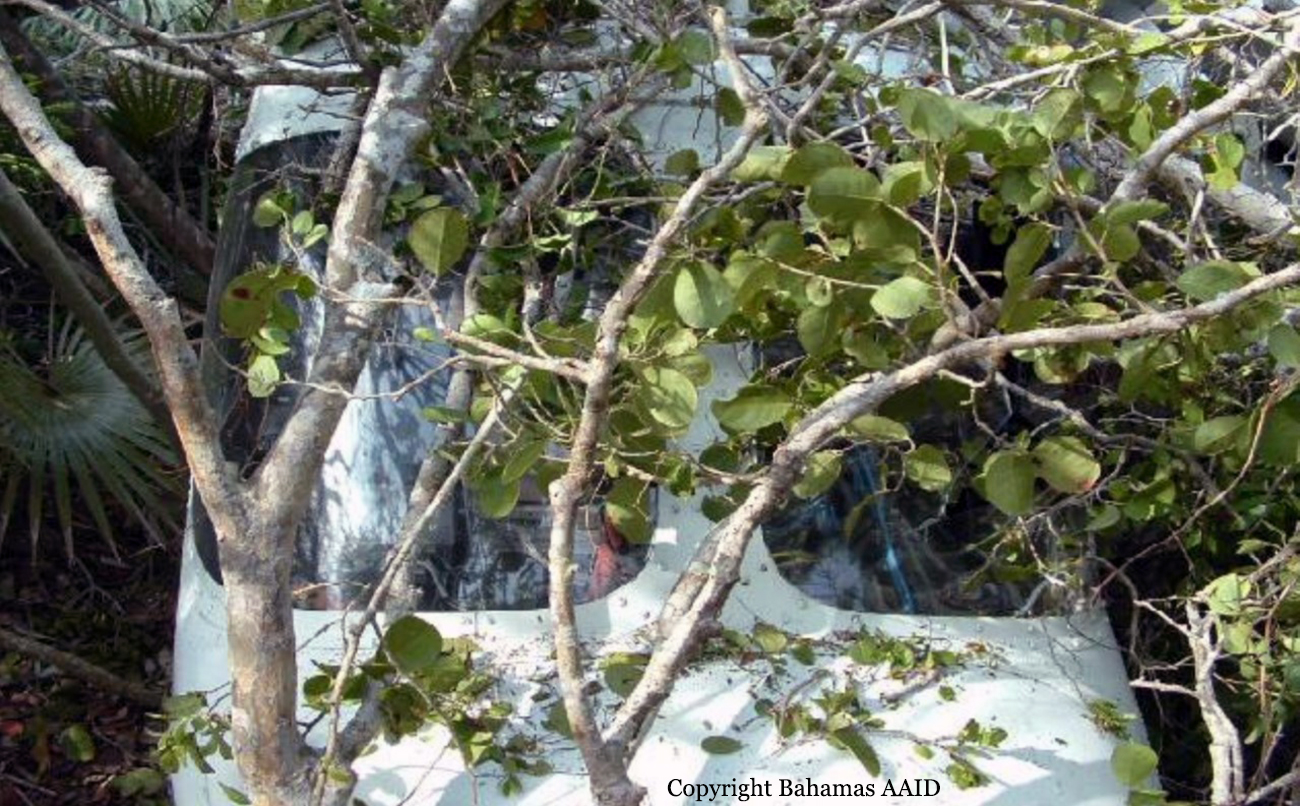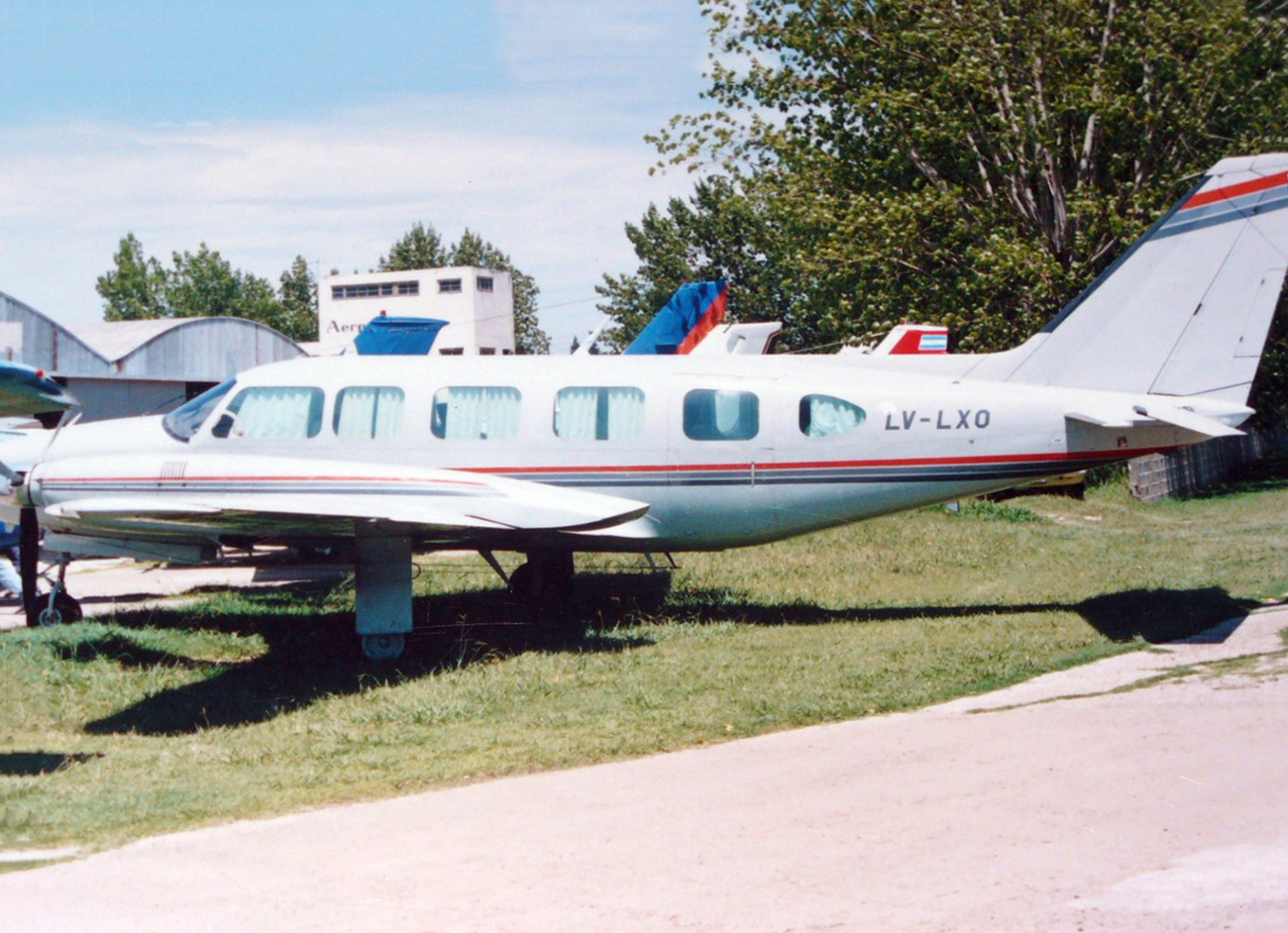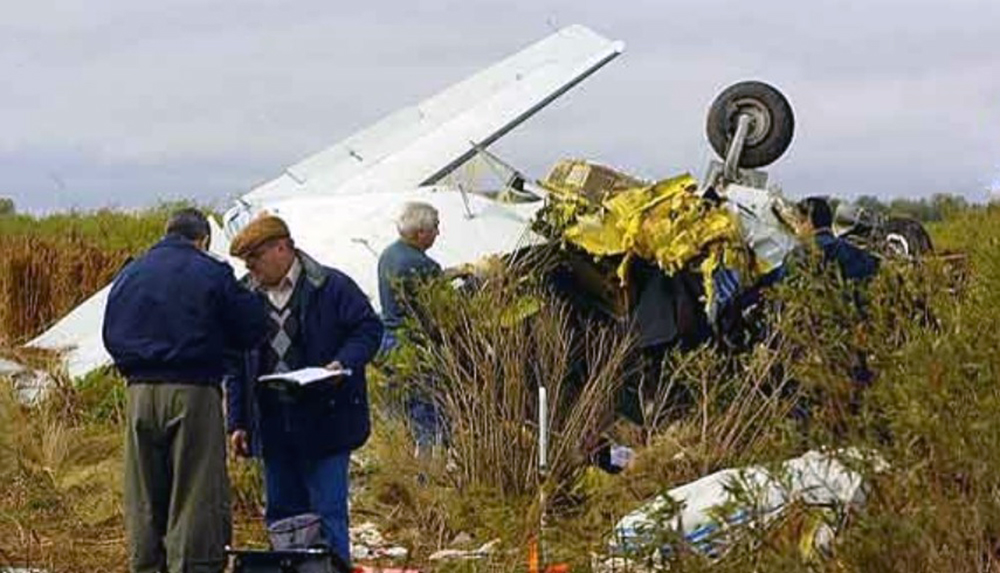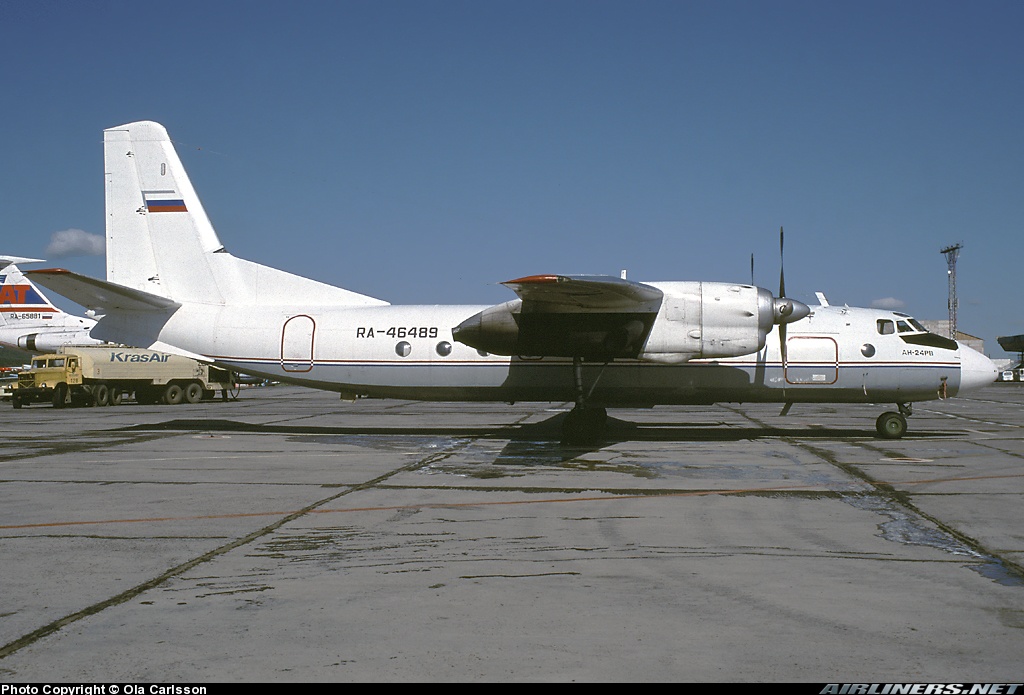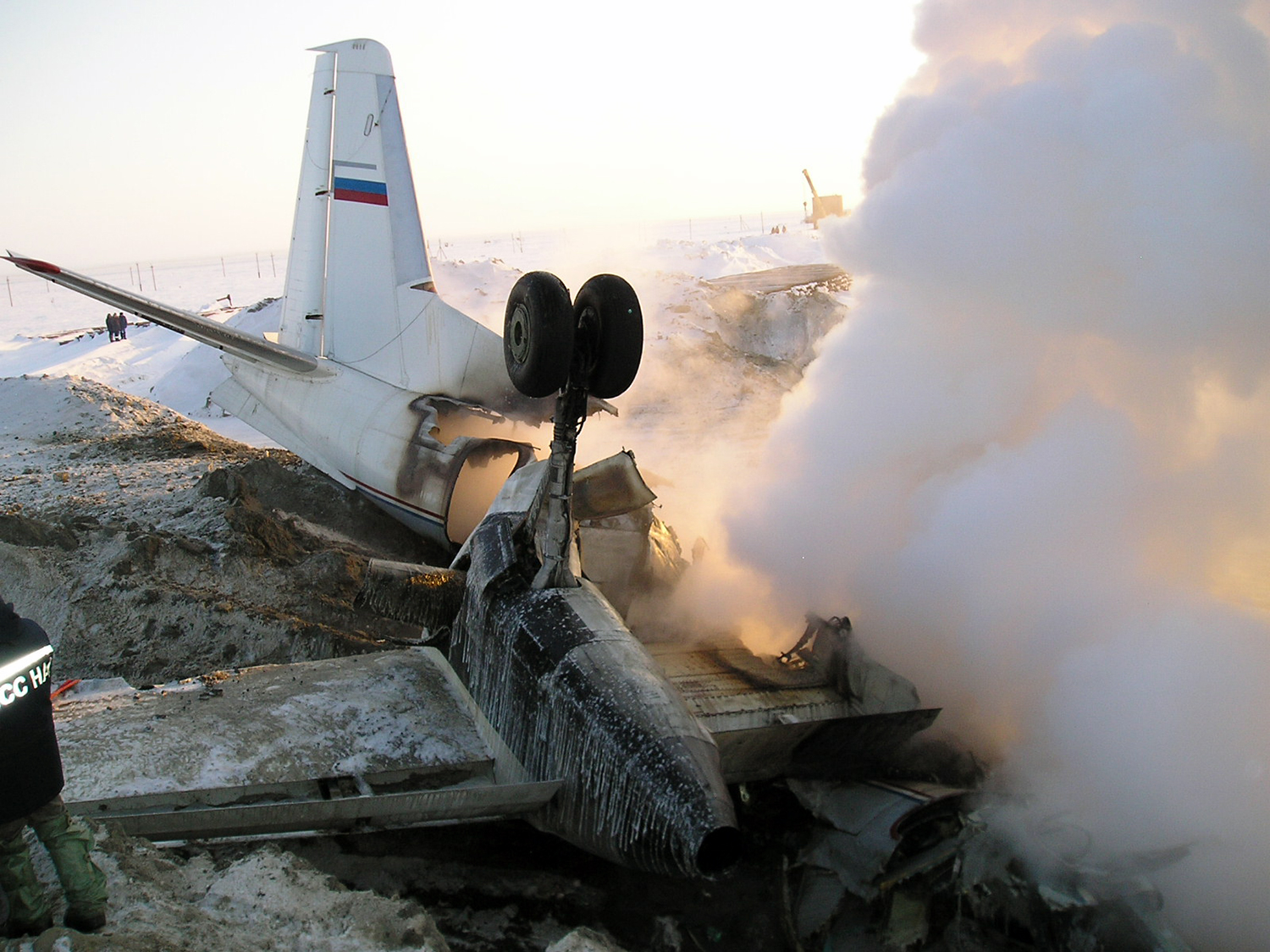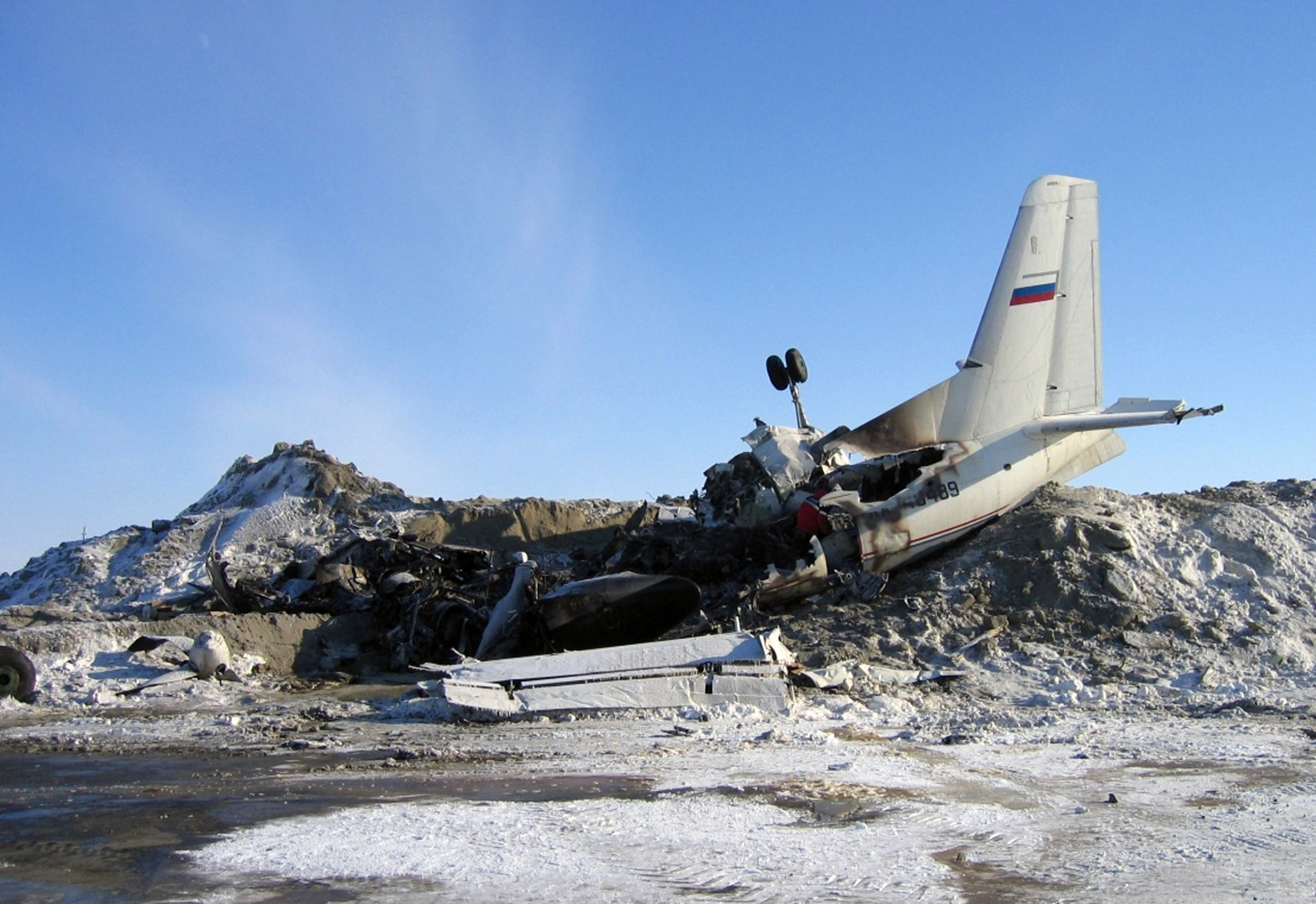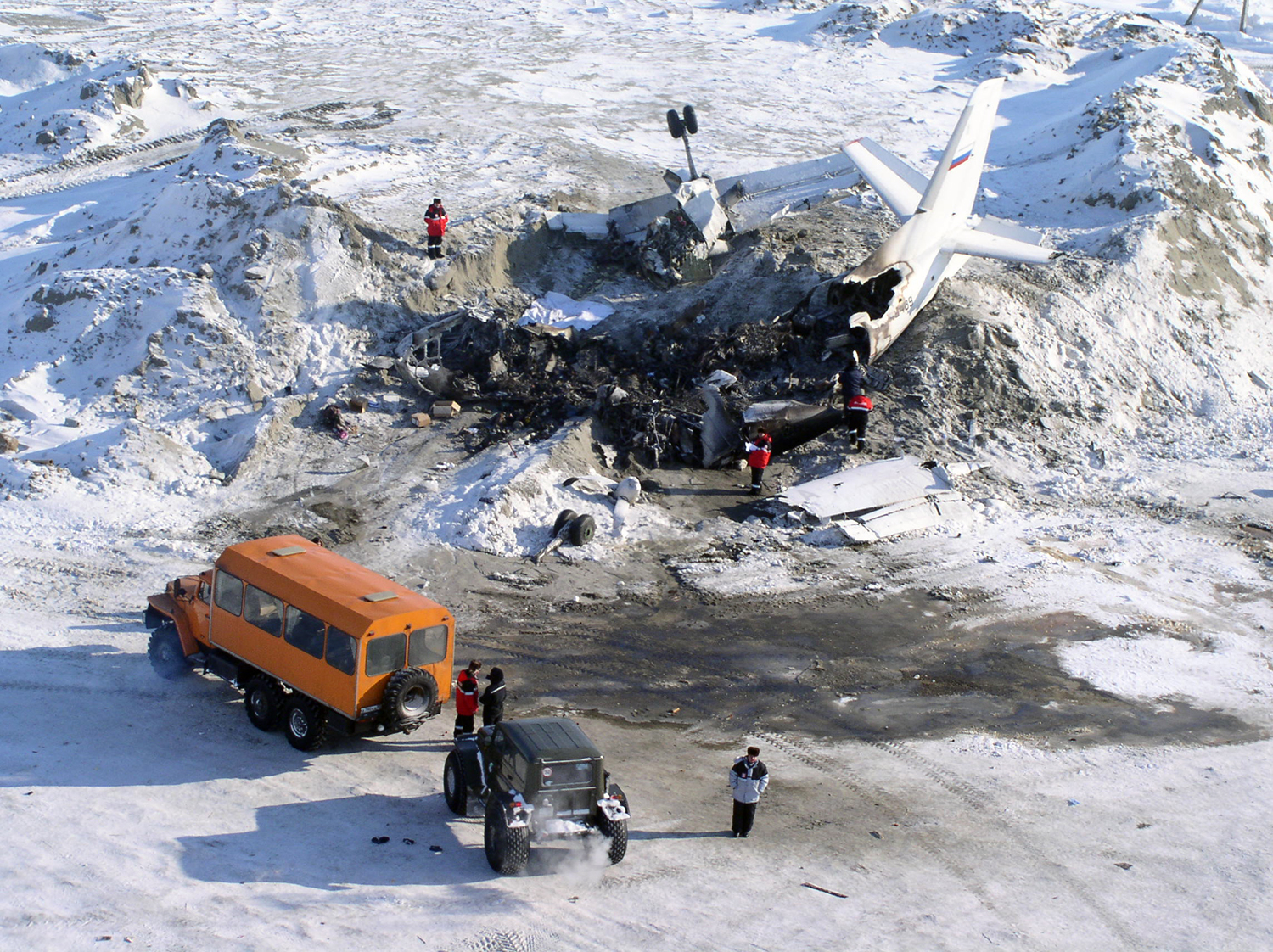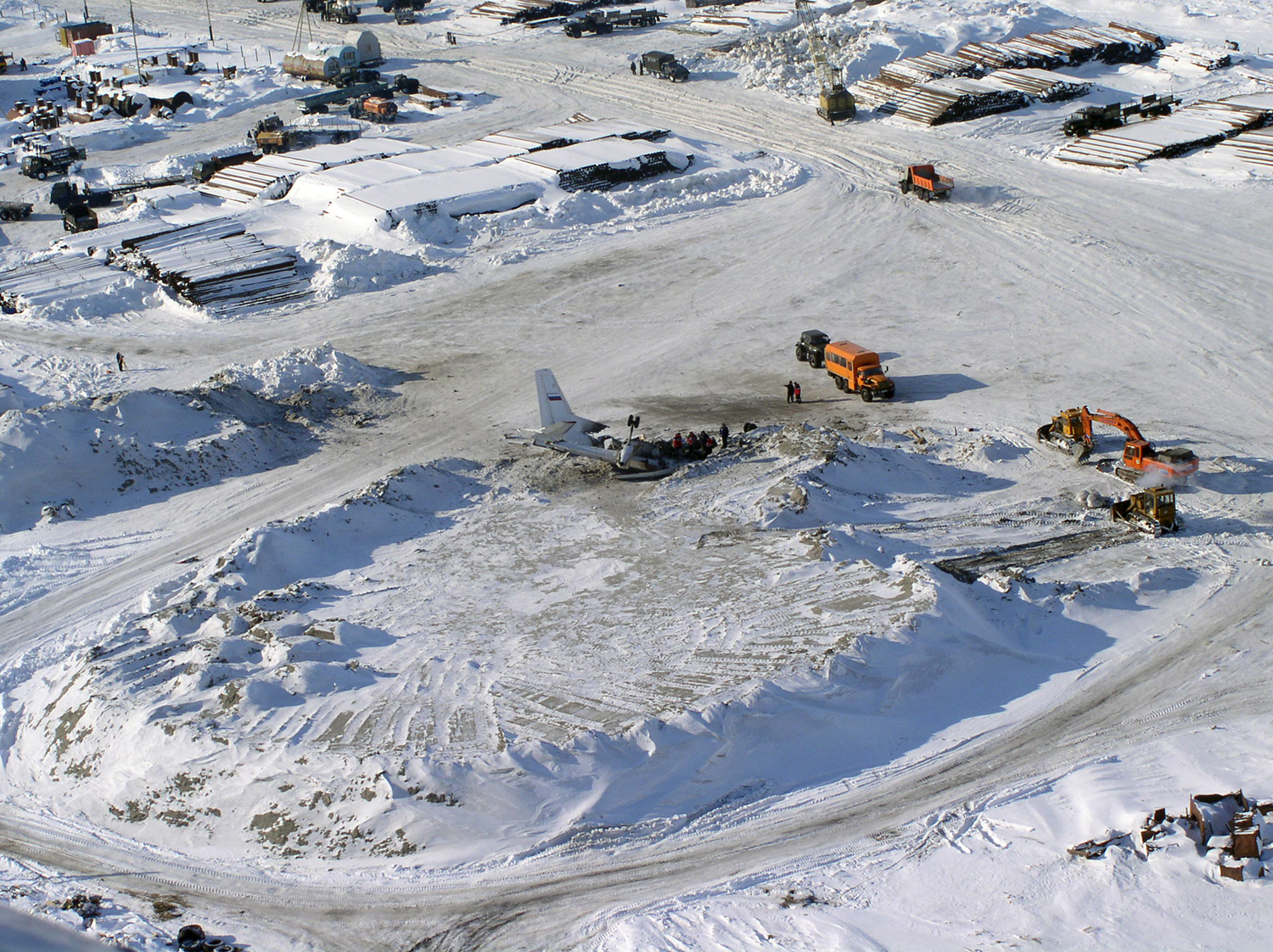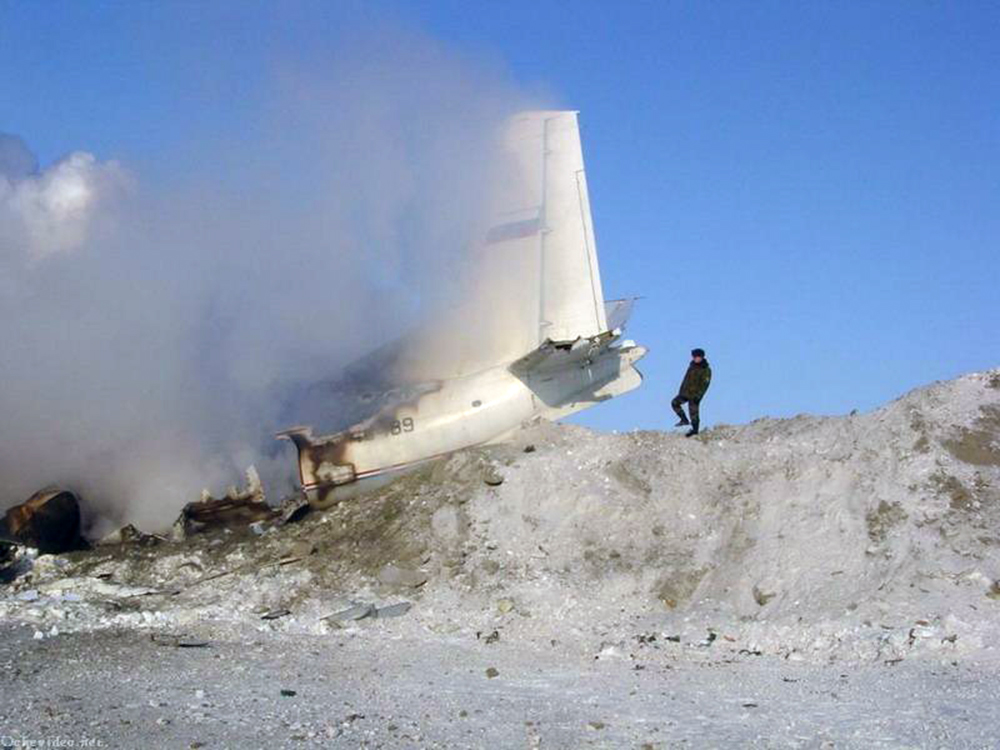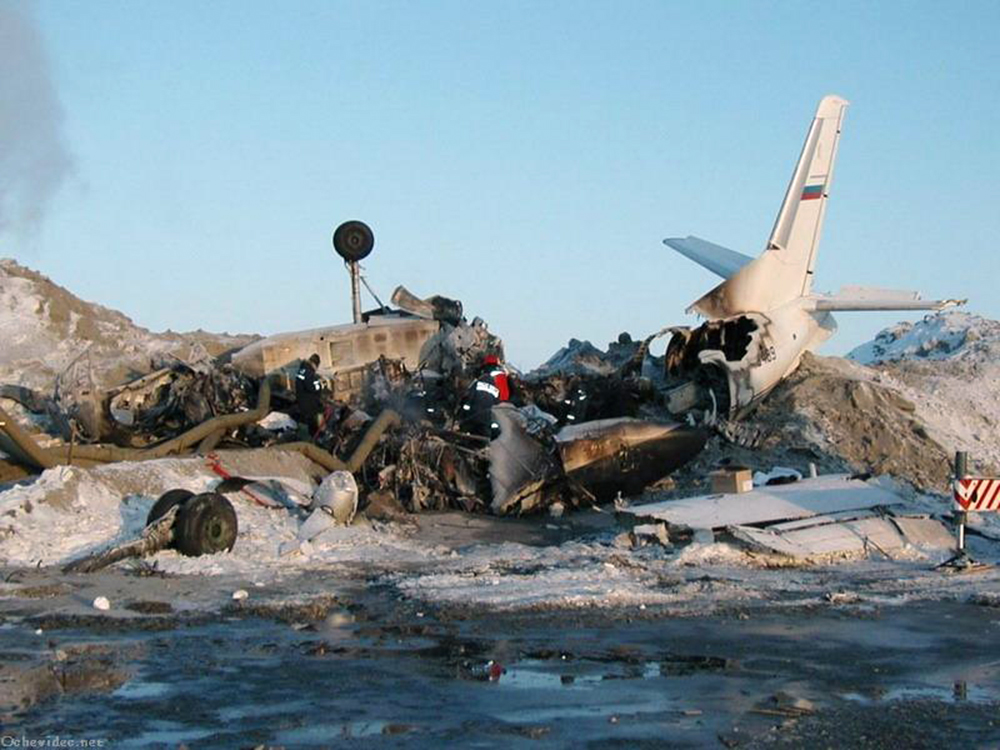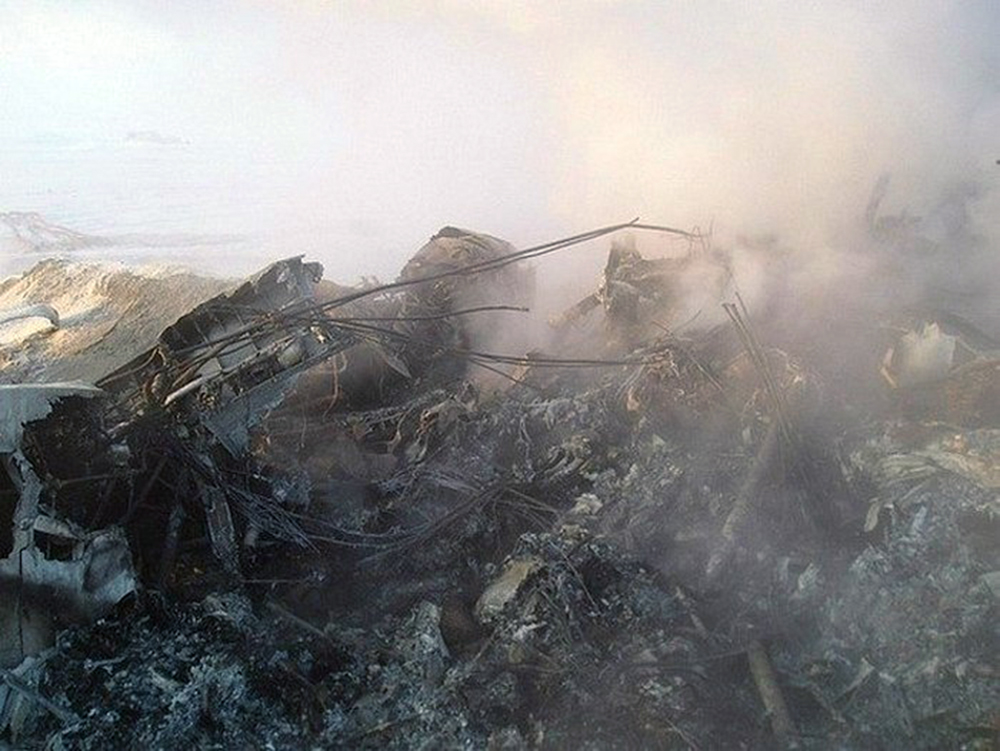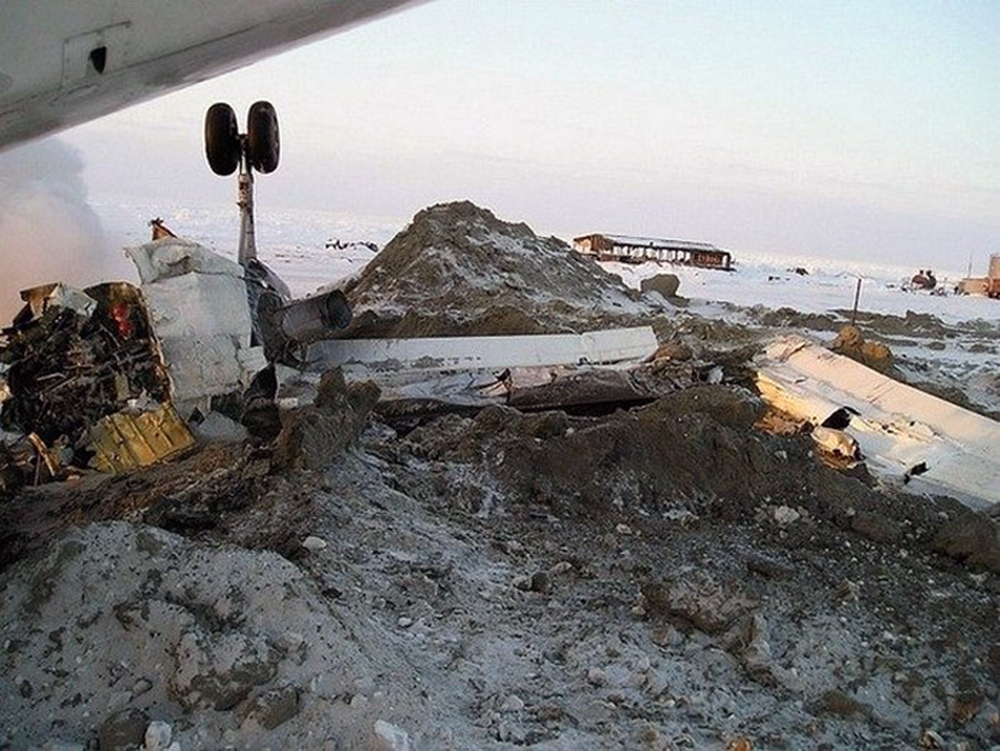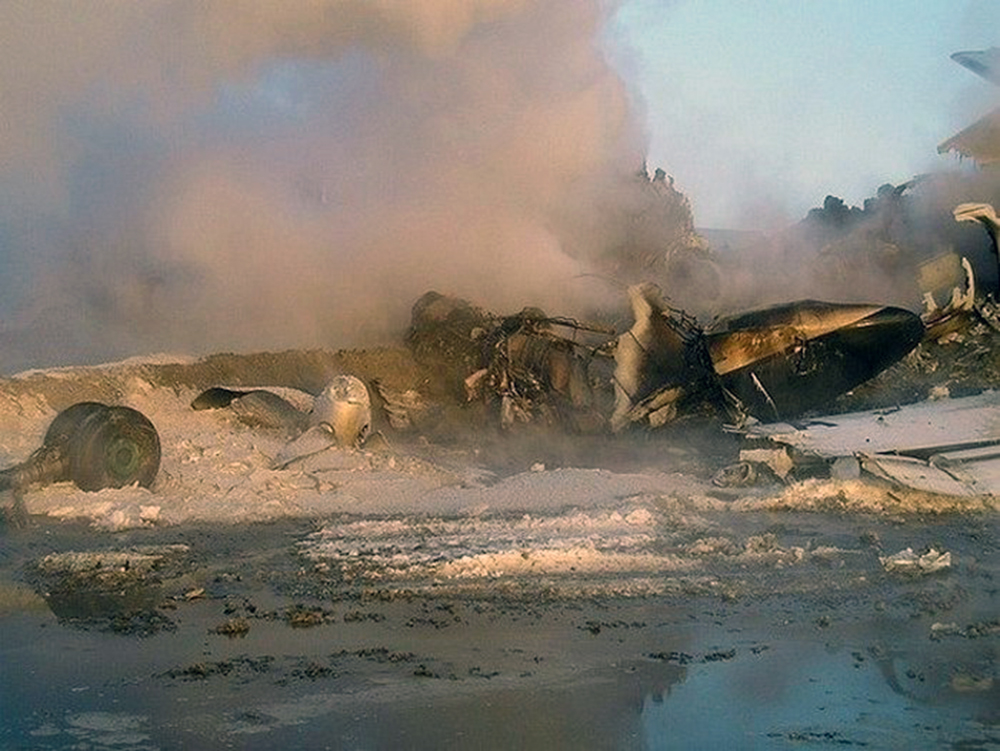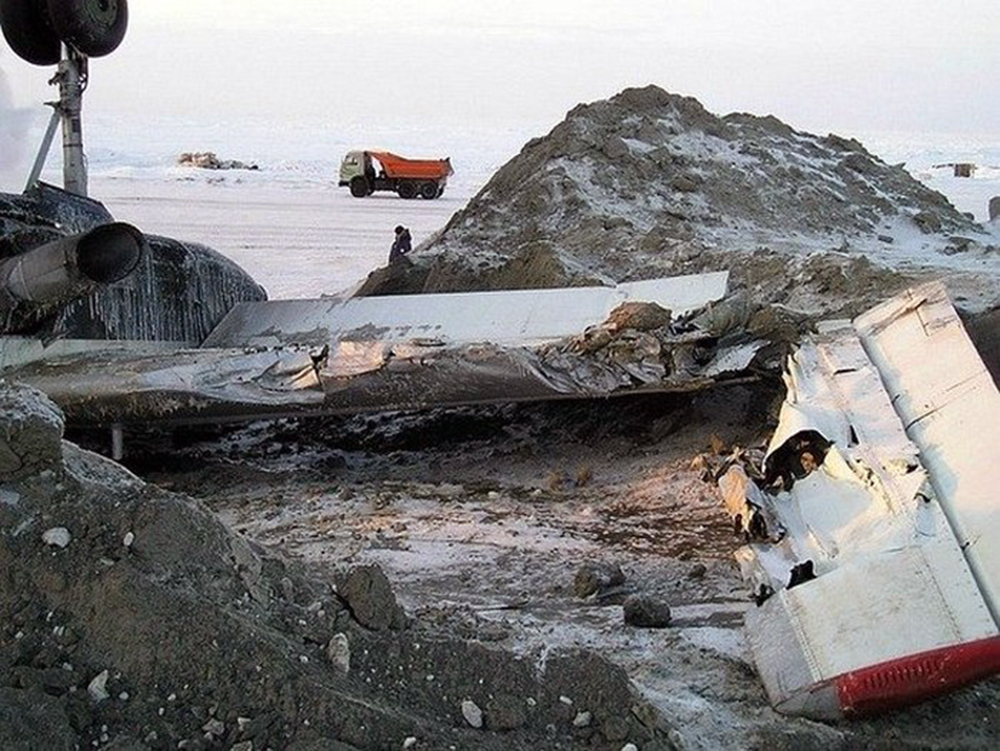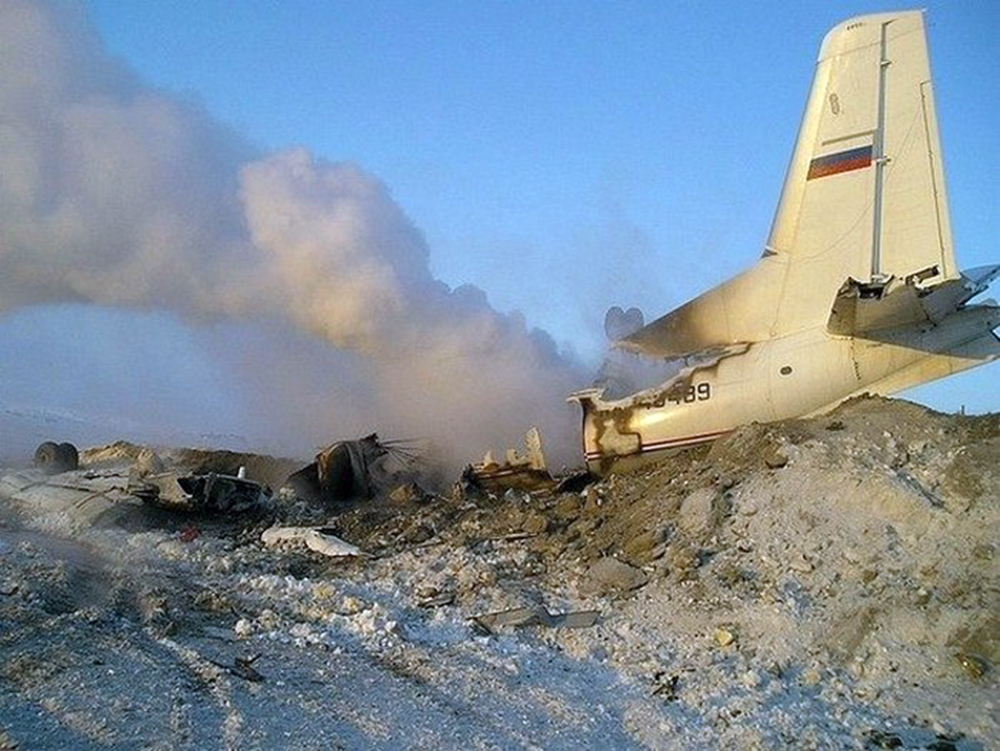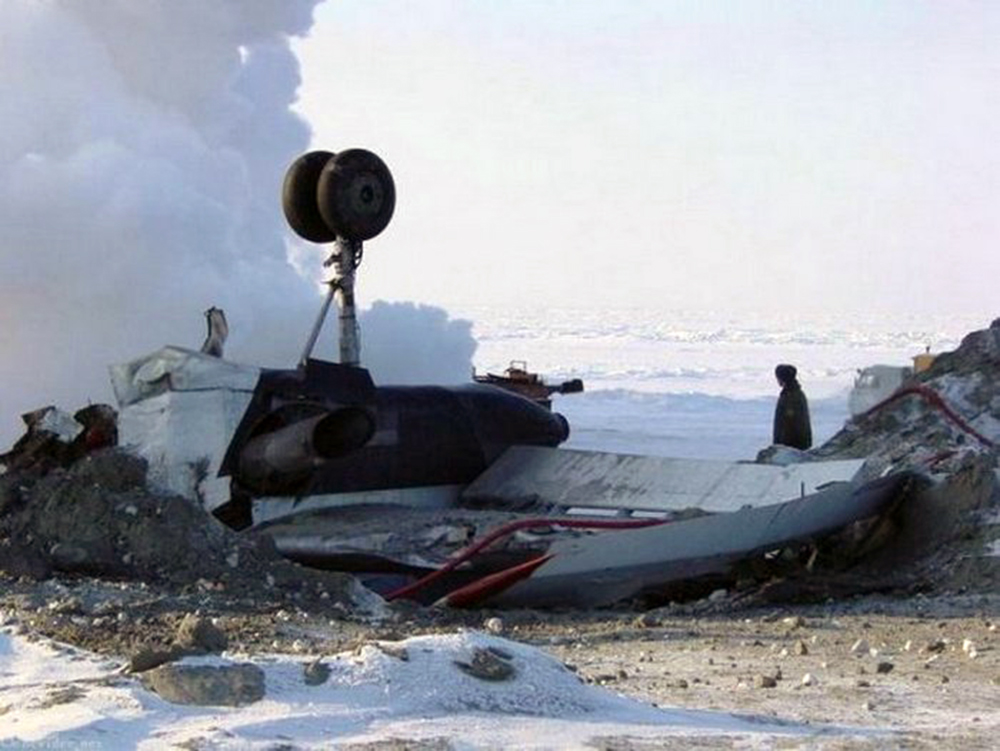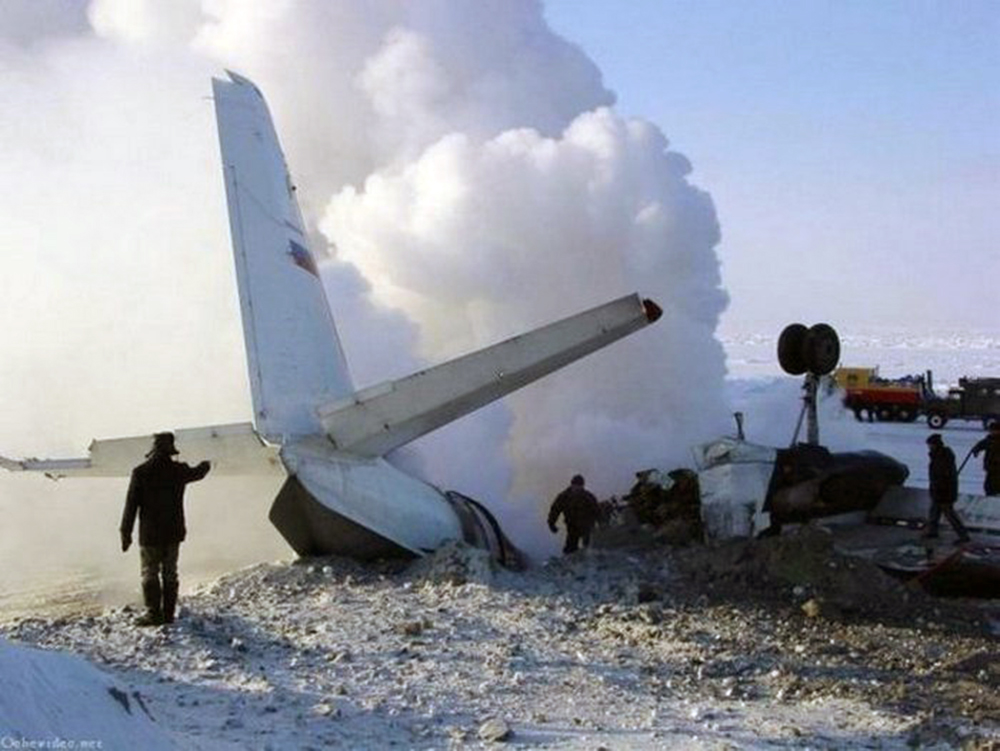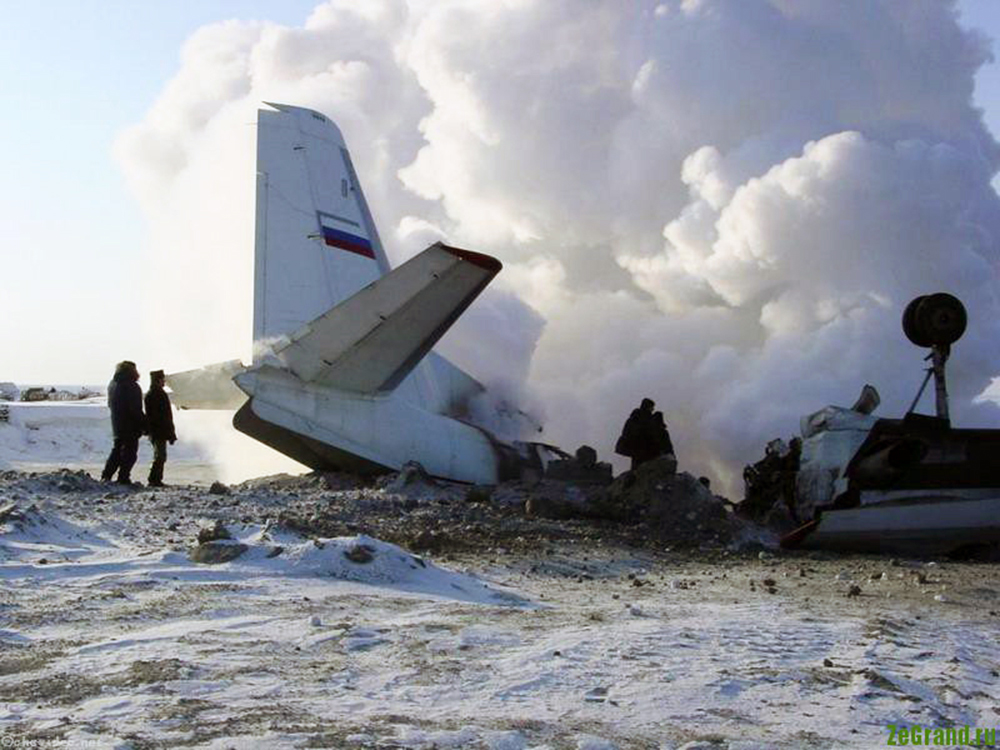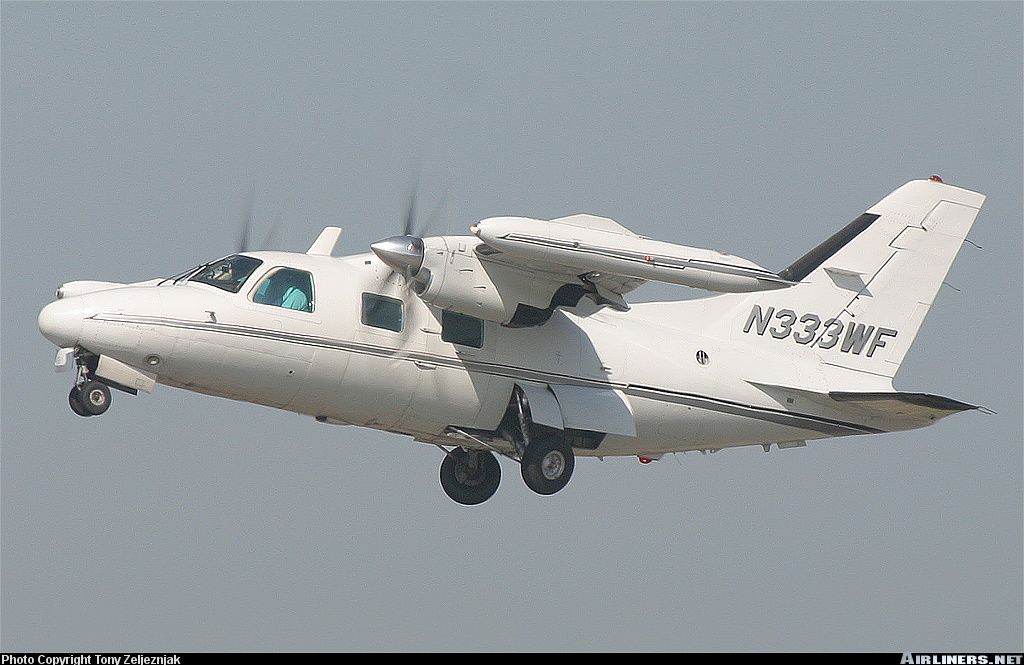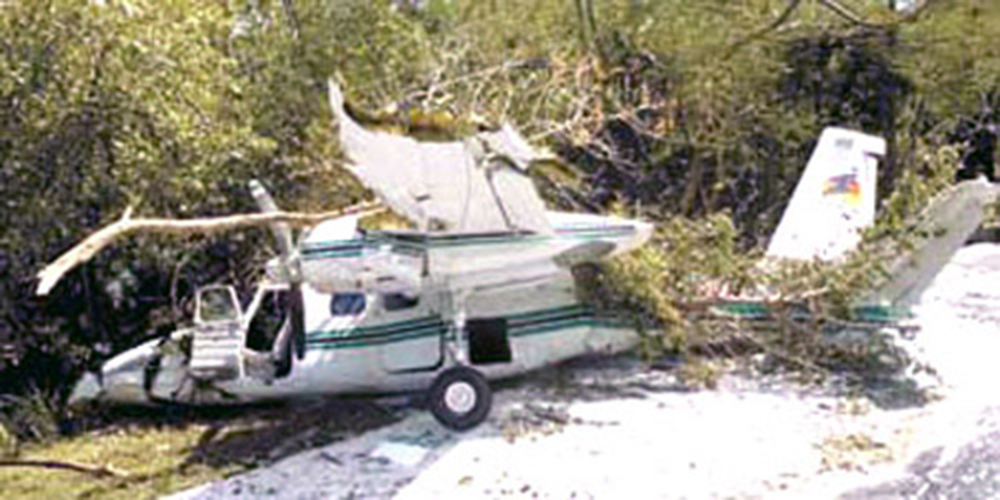Crash of an Antonov AN-12BP near Biega: 27 killed
Date & Time:
May 25, 2005
Registration:
9Q-CVG
Survivors:
No
Schedule:
Goma – Kindu – Kongolo
MSN:
4 3 424 04
YOM:
1964
Crew on board:
5
Crew fatalities:
Pax on board:
22
Pax fatalities:
Other fatalities:
Total fatalities:
27
Circumstances:
The aircraft departed Goma on a charter flight to Kongolo with an intermediate stop in Kindu, carrying 22 passengers and five crew members for the Maniema Union Company. About 30 minutes into the flight, the aircraft crashed in a mountainous terrain. The wreckage was found the following day some 10 km from Biega. All 27 occupants were killed.









